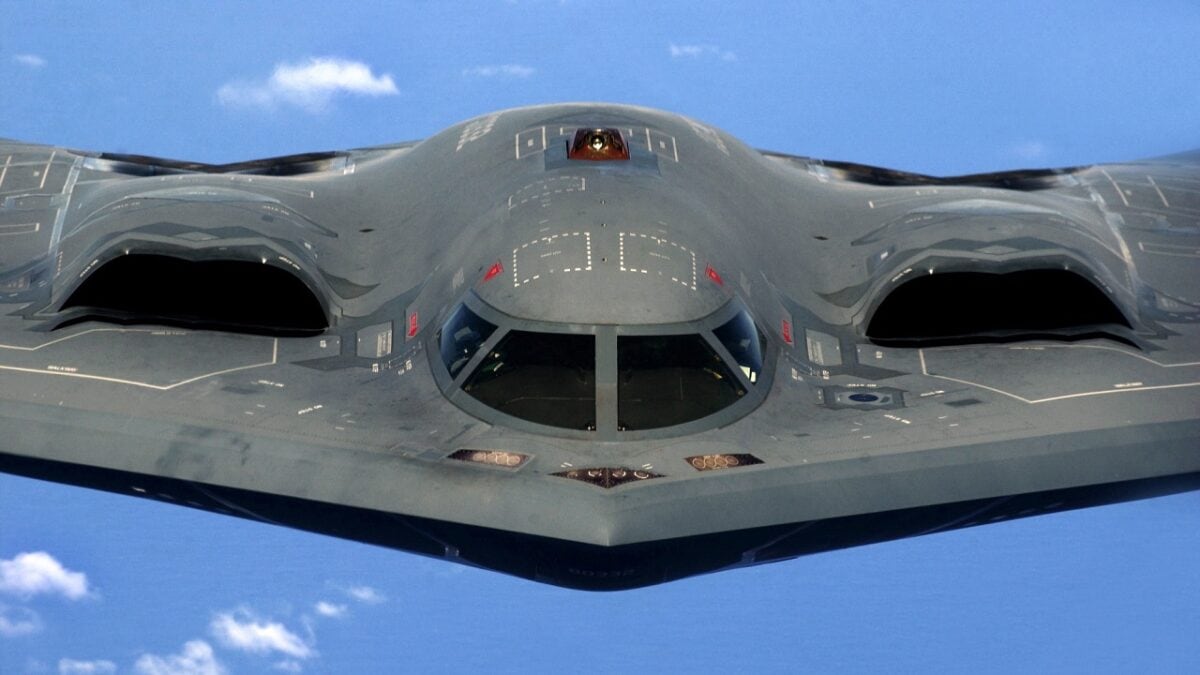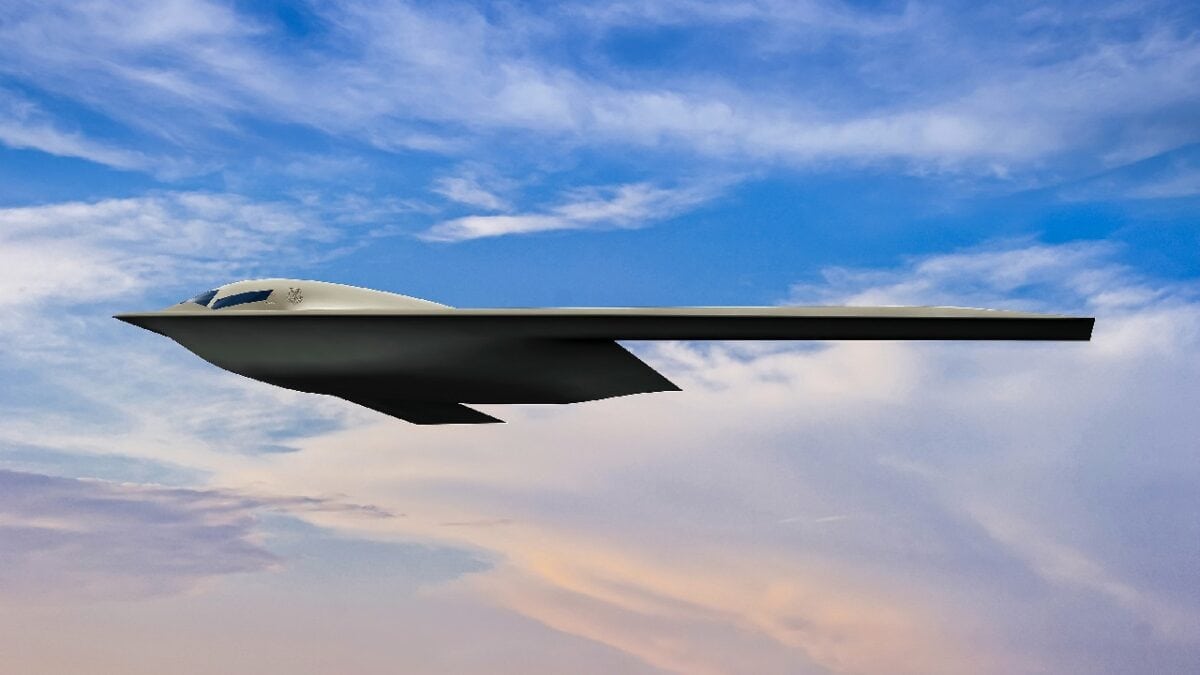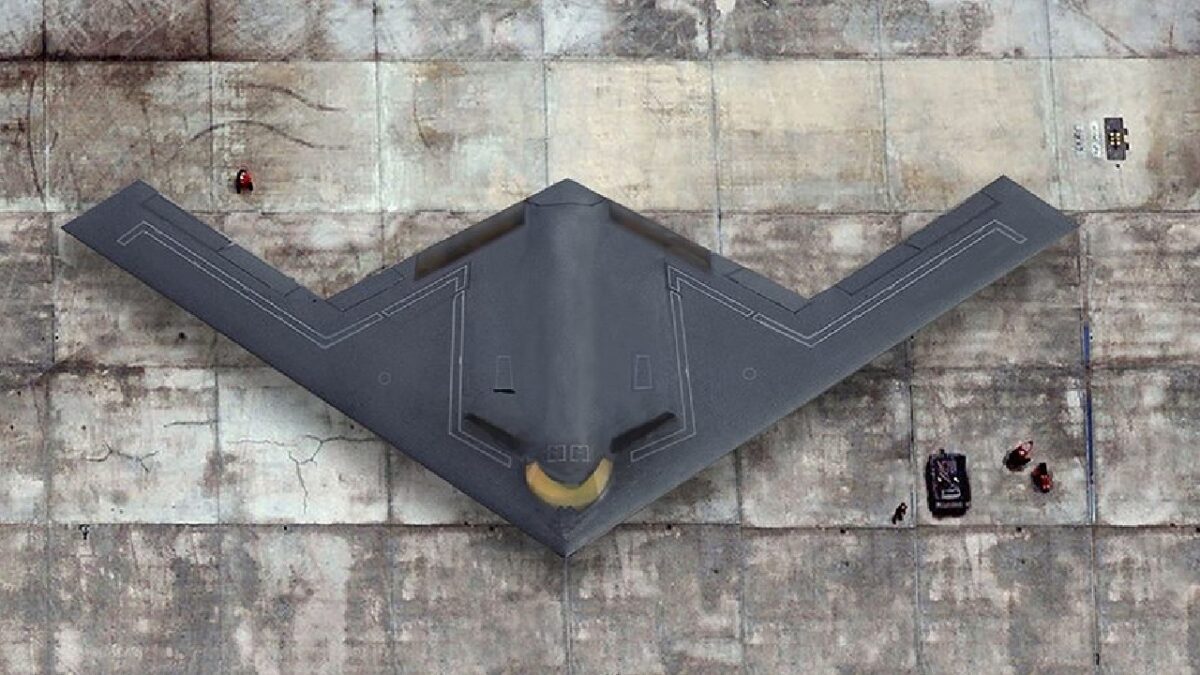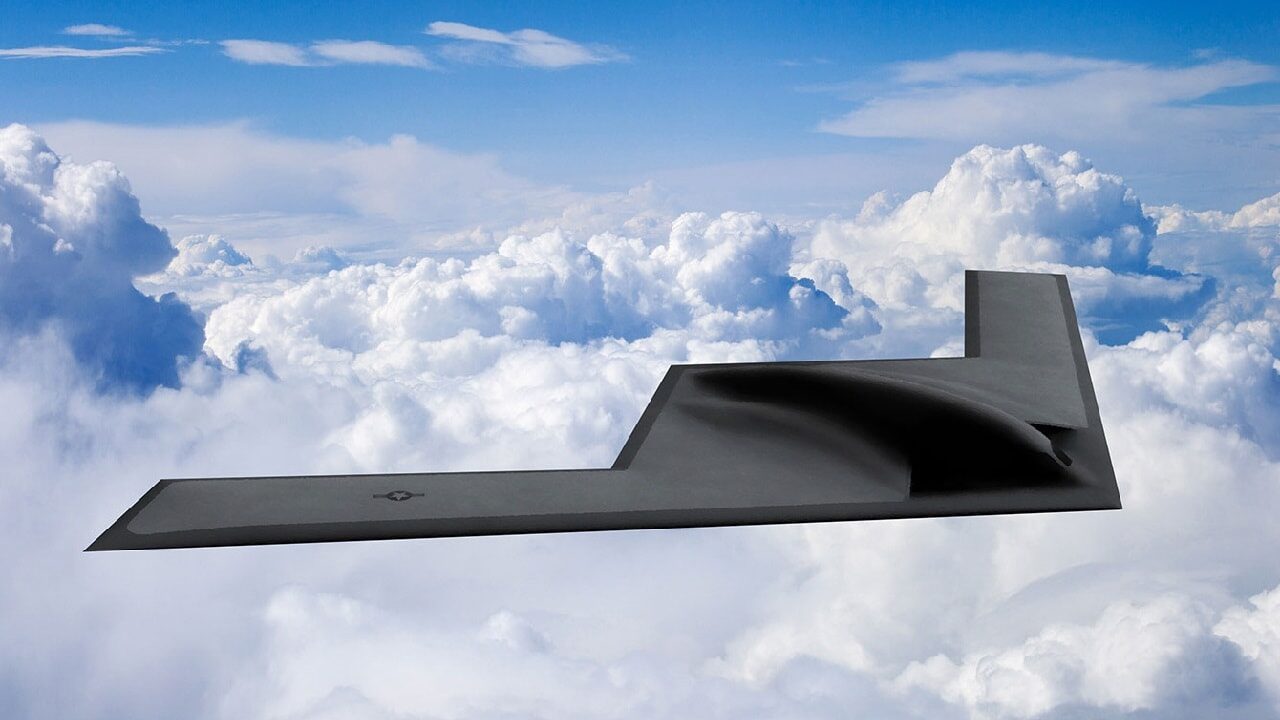Last month, the Department of the Air Force awarded $108 million to Northrop Grumman for advanced procurement to support the B-21 Raider program. The funds directly support the acquisition of long-lead items needed to build the first lot of the new stealth bombers. The award was meant to reaffirm the U.S. Air Force’s commitment to fielding what is slated to become the backbone of its 21st-century bomber fleet.
The B-21 Raider was designed as a dual-capable penetrating strike stealth bomber that can deliver conventional and nuclear munitions. It is set to enter service by the end of the decade. The advanced aircraft will be one component of a larger family of conventional long-range strike systems. The systems will support intelligence, surveillance and reconnaissance, electronic attack, communications, and other capabilities. The Raider will also be able to employ a broad mix of standoff and direct-attack munitions. Air Force Chief of Staff Gen. Charles Q. Brown, Jr, says the B-21 guarantees the Air Force’s ability to strike “any target, anytime, anywhere, even in the most contested environment,” and calls it foundational to the Air Force’s long-range strike capabilities.
“As the Air Force celebrates its 75th anniversary, the Raider is a standout example of the innovation and pursuit of game-changing technology that has characterized our service since its inception,” Brown added. “The quality of the aircraft build, coupled with its open systems architecture design and built-in margin for future growth, will provide our warfighters the competitive advantage we’ll need to deter current and future conflicts, and fight and win if called upon to do so.”
Northrop Grumman Accelerating Efforts
During the company’s quarterly earnings call with reporters last week, Northrop Grumman President and Chief Executive Officer Kathy Warden gave more insight into the program than the Air Force has previously permitted. (According to a report from Air Force Magazine, the company has been notoriously tight-lipped about the highly classified program.)
However, Warden shared a few details during the April 28 call. She said the government is looking at layering production of the Raider on top of its development phase. Actual production rates of the B-21 remain classified. But Northrop Grumman has been successful enough in its procurement efforts that it received a $67 million performance incentive fee for meeting an undisclosed target in the first quarter of this year.
Executives at the defense giant also noted that inflation has impacted the entire aerospace sector. However, while the low-rate initial production of the B-21 is fixed-price, development is not. Costs for full-rate production have yet to be negotiated, according to David Keffer, Northrop Grumman’s executive vice president and chief financial officer.

A U.S. Air Force B-2 Spirit “Stealth” bomber, 393rd Expeditionary Bomb Squadron, 509th Bomb Wing, Whiteman Air Force Base, Mo., flies over the Pacific Ocean after a recent aerial refueling mission, May 2, 2005. The Bombers are deployed to Anderson Air Force Base, Guam, as part of a rotation that has provided the U.S. Pacific Command a continous bomber presence in the Asian Pacific region since February 2004, enhancing regional security and the U.S. commitment to the Western Pacific. (U.S. Air Force photo by Tech Sgt. Cecilio Ricardo) (Released)

Shown is a B-21 Raider artist rendering graphic. The rendering highlights the future stealth bomber with Edwards Air Force Base, Calif., as the backdrop. Designed to perform long range conventional and nuclear missions and to operate in tomorrow’s high end threat environment, the B-21 will be a visible and flexible component of the nuclear triad. (U.S. Air Force graphic). This is the third USAF rendering of the B-21 Raider. Note changes in the windshield from previous official renderings.

B-21 Raider artist rendering. Image Credit: Creative Commons.
Warden said that production could begin around 2025 to 2026. According to reports, the Air Force will spend $20 billion to build the B-21 Raiders over the five-year Future Years Defense Plan. The 2015 contract specified that initial production will include 21 aircraft on five lots.
B-21 Program Advances
Progress continues across all elements of the B-21 program. The fiscal year 2022 Defense Appropriations Act provided funding for five new military construction projects to stand up the B-21 mission at Ellsworth Air Force Base, South Dakota, which will become the Raider’s first main operating base. Construction is already underway of a low observable maintenance hangar, the first of its kind at the 80-year-old conventional bomber base.
An environmental impact statement was set to begin this year to inform final decisions on the second and third main operating bases to bed down the B-21 fleet. As announced by the secretary of the Air Force in 2019, preferred locations for these bases are Whiteman Air Force Base in Missouri, and Dyess Air Force Base in Texas.
Now a Senior Editor for 1945, Peter Suciu is a Michigan-based writer who has contributed to more than four dozen magazines, newspapers and websites. He regularly writes about military hardware, and is the author of several books on military headgear including A Gallery of Military Headdress, which is available on Amazon.com. Peter is also a Contributing Writer for Forbes.

